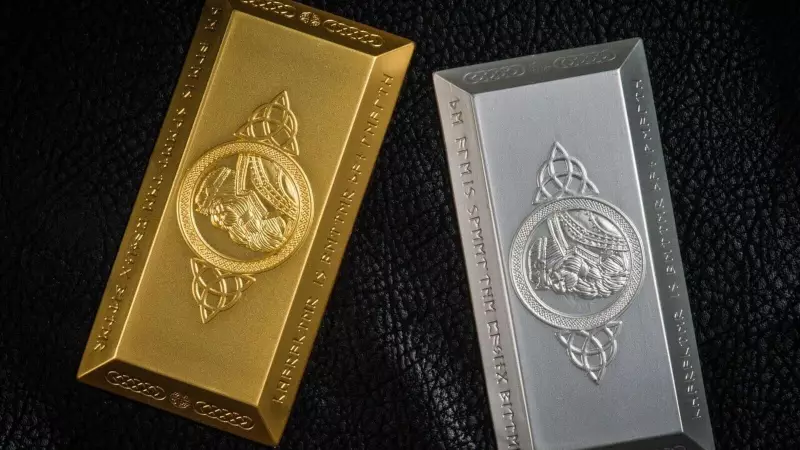
The US Federal Reserve's anticipated interest rate cuts are sending ripples through the precious metals market, creating a pivotal moment for investors deciding between gold and silver. With both metals showing strong performance potential, the burning question remains: which one deserves a place in your portfolio?
The Gold Bull Run: Safe Haven in Uncertain Times
Gold has been demonstrating remarkable resilience, consistently trading above the crucial $2,300 per ounce mark. Market analysts project this yellow metal could surge to $2,500-$2,600 in the coming months, driven by multiple factors beyond just Fed policy.
What's fueling gold's ascent?
- Central bank accumulation: Countries like China, India, and Russia continue to bolster their gold reserves
- Geopolitical tensions: Ongoing conflicts and economic uncertainties enhance gold's safe-haven appeal
- Inflation hedge: Despite cooling inflation, investors see gold as long-term protection
- Weakening dollar: Expected Fed rate cuts typically pressure the US dollar, benefiting dollar-priced commodities
Silver's Dual Appeal: Precious Metal Meets Industrial Powerhouse
Silver presents a compelling case with its unique dual identity. While it shares gold's precious metal characteristics, its extensive industrial applications create additional demand drivers that could propel prices higher.
Silver's growth catalysts include:
- Green energy transition: Massive demand from solar panel manufacturing
- Electronics boom: Essential component in everything from smartphones to electric vehicles
- Supply constraints: Limited new mining projects creating potential supply gaps
- Historical outperformance: Silver often beats gold during bull markets
Expert Price Projections: How High Can They Go?
Market experts are bullish on both metals, but with different trajectories. Gold is expected to maintain its steady climb, potentially reaching $2,600 by year-end. Silver, however, could deliver more explosive growth, with some analysts predicting a move toward $32-$35 per ounce, representing significant upside from current levels.
The Fed Factor: More Than Just Interest Rates
While Fed rate cuts typically benefit non-yielding assets like gold and silver, the relationship is more nuanced. The timing and pace of rate reductions, combined with inflation data and global economic conditions, will determine the magnitude of impact.
"The Fed's dovish pivot is undoubtedly positive for precious metals," says a senior commodity analyst. "However, investors should watch for the actual implementation of rate cuts and accompanying commentary about future policy direction."
Strategic Allocation: Which Metal Fits Your Portfolio?
Choosing between gold and silver depends on your investment objectives and risk tolerance:
Choose Gold if you seek:
- Portfolio stability and wealth preservation
- Protection against economic uncertainty
- Lower volatility compared to silver
- Central bank-driven demand support
Choose Silver if you prefer:
- Higher growth potential and volatility
- Exposure to industrial and technological trends
- Smaller investment entry point
- Potential for outperformance in bull markets
The Verdict: Why Not Both?
Many wealth managers suggest a balanced approach. Allocating to both gold and silver can provide the stability of gold while capturing the growth potential of silver. The optimal ratio depends on individual circumstances, but a 60-40 or 70-30 split (gold-silver) is commonly recommended for balanced exposure.
As the Fed begins its rate-cutting cycle, both metals appear positioned for gains. The decision ultimately comes down to your investment horizon, risk appetite, and belief in the ongoing green energy and technological revolutions that particularly benefit silver.
Remember, precious metals should typically form part of a diversified investment strategy rather than the entire portfolio. Consult with financial advisors to determine the right allocation based on your financial goals and market outlook.





